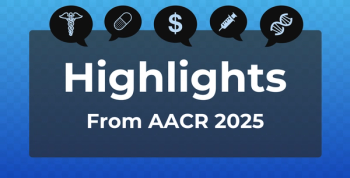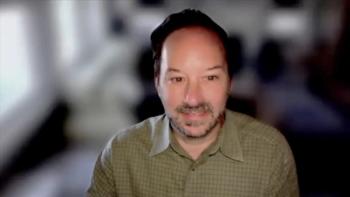
Supporting Patients on Oral Breast Cancer Therapies: Michael Hassett, MD, MPH
Michael Hassett, MD, MPH, discusses the rise of oral therapeutics in breast cancer care, emphasizing patient support, education, and overcoming financial barriers for better outcomes.
Michael Hassett, MD, MPH, chief quality officer at Dana-Farber Cancer Institute and associate professor of medicine at Harvard Medical School, discussed the evolving landscape of
Hassett was a panelist at The American Journal of Managed Care® Institute for Value-Based Medicine® event
In the
This transcript has been lightly edited; captions were auto-generated.
Transcript
Beyond efficacy, what strategies are proving most effective in addressing the real-world challenge of patient adherence to oral therapies, particularly in addressing patient education, adverse effect management, and insurance approval challenges?
More and more therapies, perhaps with the exception of our antibody therapies and antibody drug conjugates, are oral. And we have to get used to how to manage patients on oral treatment. It's different than having someone coming into an infusion center; you know how much drug they're getting, you know what day they're getting it, because they're here and they're getting it. We have a lot of work to do to monitor and improve therapy for oral medicines.
I personally think that regular monitoring and management of symptoms or potential adverse effects of oral therapy is critical if we want to make sure patients stay on treatment. Then, we have to be really attentive to the symptoms they're experiencing and how we manage those symptoms. That's one of the reasons why I've been very interested in tools that allow us to collect patient-reported outcomes even between clinic visits, because it's a way for us to see the experience of the patient earlier on in that sort of symptom trajectory and hopefully help people stay on treatment for longer.
The second thing is the education. We talked a little bit about it last night. There are a lot of complicated symptoms that patients don't typically experience on other medicines, and I think making the education robust—and I mentioned last night that it's not just that the education is robust, it has to meet the patient where they're at. And I don't think it has to be one time. It has to be sort of a continuous education. You come back to it with future visits, not like, "Here's the 6 pages of information, and we'll see you in 3 months." So, I think if we can do that monitoring, if we can address the financial barriers, if we can be robust with our education, we have some opportunity. It's never going to be perfect, but I think we could do better than what we've done historically.
Newsletter
Stay ahead of policy, cost, and value—subscribe to AJMC for expert insights at the intersection of clinical care and health economics.









































